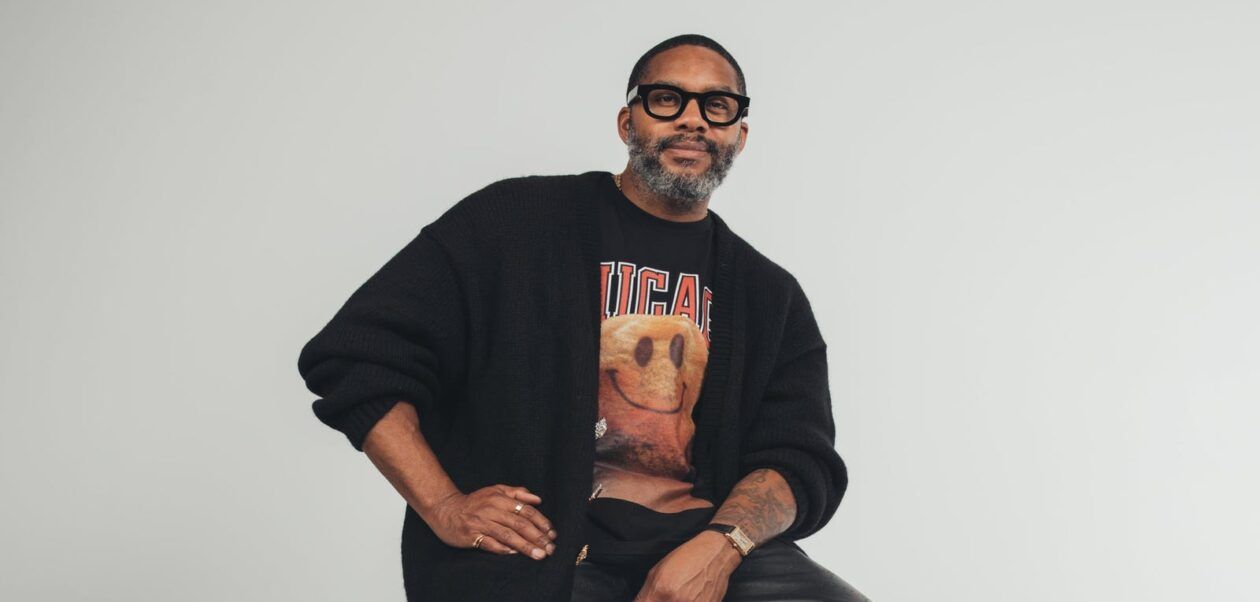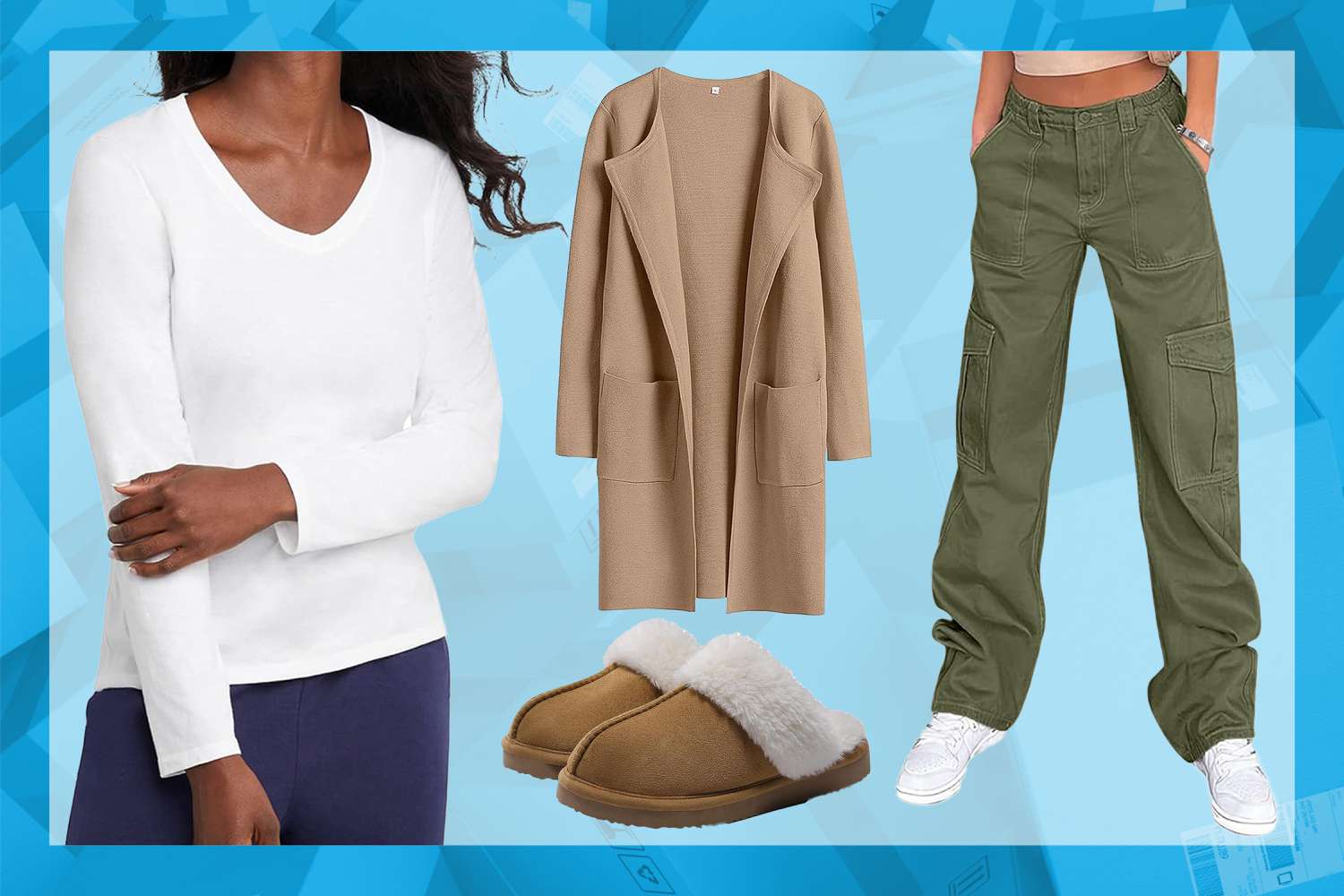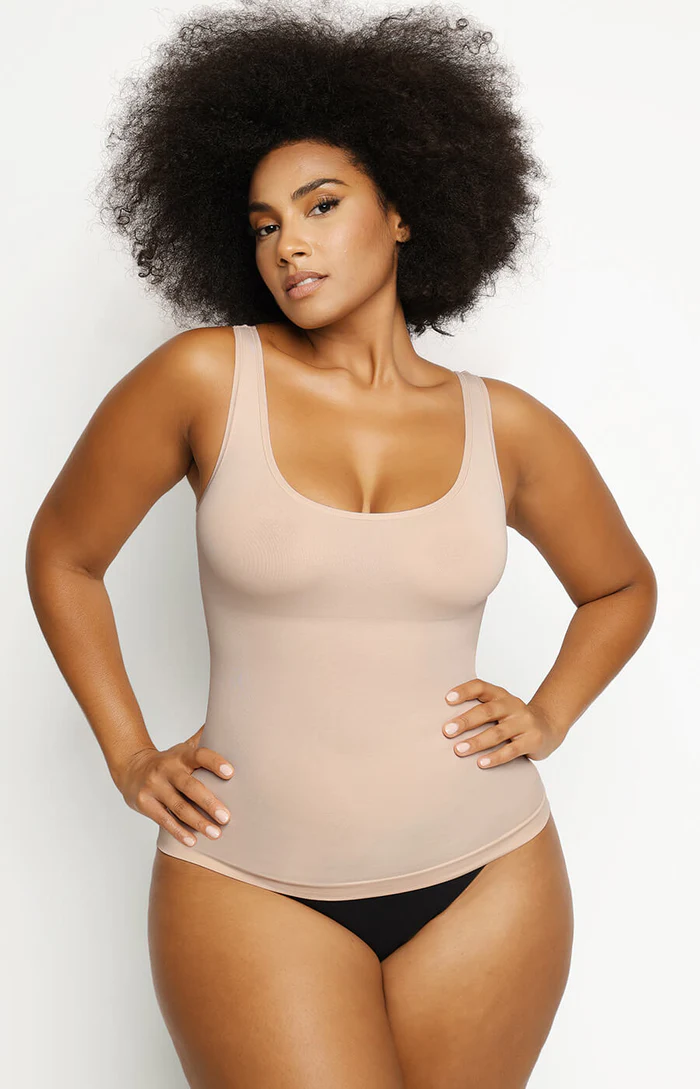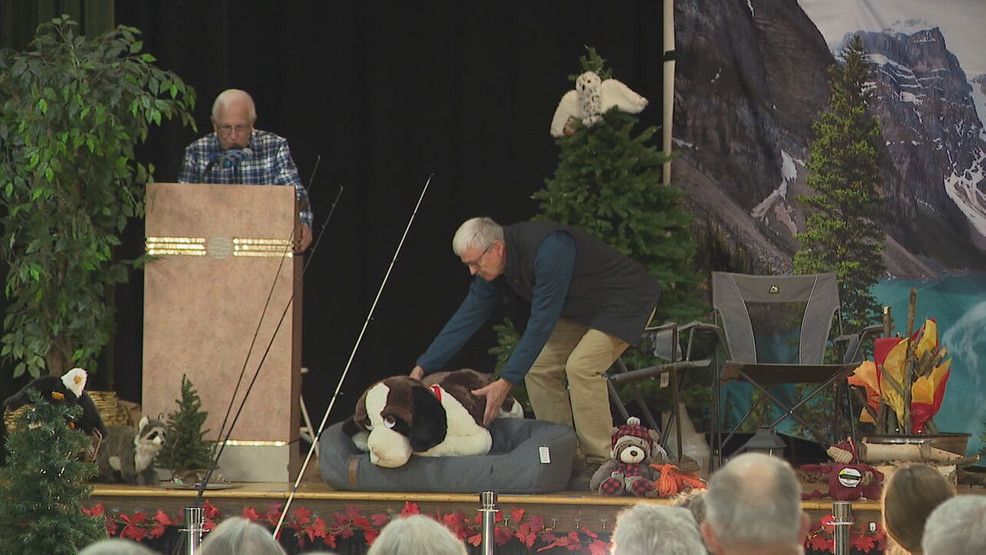
What’s more to say about the “splashy” fashion of the N.B.A?
As it turns out, a lot.
I discovered that in my recent chat with Mitchell S. Jackson, who’s coming out with a book on the subject.
“To me, basketball is emblematic of Black people and their connection to flying, and that also connects to fashion, because it’s aspirational,” Jackson told me.
No kidding, right? Basketball and fashion are synonymous with Black culture.
We’ve all seen what the famous dudes of the court wear but how and why they wear is something else entirely. That’s where Jackson comes in.
I won’t spoil anything, but his book, “Fly: The Big Book of Basketball Fashion,” is more than just about clothes. More on that shortly.
Jackson won the Pulitzer Prize and a National Magazine Award in feature writing for his examination of the last 12 minutes of the life of Ahmaud Arbery. He’s got a Whiting Award and an Ernest J. Gaines Prize for his debut novel, “The Residue Years.” And his essay collection, “Survival Math: Notes on an All-American Family,” was named among the best books of 2019 by 15 different publications.
Jackson teaches English at ASU, which is hosting a book release party Sunday, Oct. 15, at the Phoenix Art Museum for his latest work.
Here are excerpts of my chat with Jackson. (Answers and questions have been lightly edited for clarity and length.)
GREG MOORE: Tell me about the new project, how did it come to be, and, frankly, what is there new to say about basketball and fashion?
MITCHELL S. JACKSON: It was actually a project that was pitched to me, but I recognized the potential immediately.
We’re in the most fashion-conscious era of professional sports, and the NBA is at the forefront of that.
What’s new to say? The book is organized into eras. At first, I was going to organize it into decades, but then I got to talking to my editor, and we came to the realization that decades are kind of arbitrary.
GM: Now, it’s getting fun. Keep going.
MJ: Right? So, I had to define where the major watershed moments were in NBA fashion and then what were the themes, culturally, politically, socially, that were causing those changes.
GM: You’ll forgive me, I’ve not had a chance to read the book. … The first thing I thought when you mentioned the eras is whether an Afro is fashion? And now I’m thinking about the earliest days of the NBA. It’s a white league. There’s only two Black players per team. There’s a conformity there. Everybody is the same.
MJ: Yep. The first era is called “Conformists.” … The league started in ’49, so I defined the first era as shaped by World War II and the conservation mandates in the pre-Civil Rights Movement.
So, what did it mean to be Black in America in 1940? In 1950? To be a “respectable Black man,” a “credit to your race” and all of those things that were foisted upon prominent Black men?
Everybody is dressed like businessmen. Suits. Ties. Everybody had the same tailoring.
And then you mentioned Afros, the next era is called the “Era of Flamboyance,” and that’s when we get into the ’70s with Walt Frazier and Wilt Chamberlain, where guys felt the freedom that they got in the post-civil rights era.
GM: What are the other eras?
MJ: After Conformists and Flamboyance comes the Jordan Era, the Iverson Effect, the Dress Code and then Insta-Tunnel Walk, that’s the last era.
GM: This sounds amazing, like it goes beyond, ‘What’s the guy wearing?’ to ‘Why was he wearing that?’ and then ‘Why did it matter?’
MJ: Yes. Exactly.
GM: Did any of the guys at the center of any of these eras recognize their significance to a larger cultural movement?
MJ: I think that would have to be the Jordan era. I think Jordan was well aware of his celebrity and power. In the mid-1990s, Jordan was the most popular person on the planet. He knew that if he did something, others would follow.
And then Iverson had to have seen that, ‘Wow, I’m wearing braids, and now half the league is wearing braids. I’m wearing Pelle Pelle, and now half the league is wearing Pelle Pelle.’ I think he’s another guy who understood his impact.
GM: Man, my head is lit up, right now. At first when I saw the project, I thought, ‘OK, so they’re gonna take pictures of what dudes are wearing.’ Now, I’m recognizing the larger impacts. Can we turn the conversation to how NBA players are leaders of Black America and the nation as a whole? Did that emerge when you were doing your reporting and writing?
MJ: Absolutely. I think about why the NBA is the forerunner? And not to get too philosophical, but I think about how much flying there is involved in basketball.
Remember Jordan taking off from the free-throw line? Dr. J taking off from the free-throw line? Vince Carter and that amazing dunk contest?
When you fly, I think it puts you in another realm, in terms of possibilities for people.
And then I think if we kind of stretch it out far enough, there’s the story of Black America and the story of Africans coming across on them ships, and how many fables do we have of flying Africans? Of people who leapt off the ships and flew to freedom?
GM: I was just thinking about Toni Morrison.
MJ: Right, how does she say it? “If you want to fly, you’d better give up the s— that weighs you down.”
To me, basketball is emblematic of Black people and their connection to flying, and that also connects to fashion, because it’s aspirational.
Not to disparage football, but that’s a brutal-ass sport.
GM: And it’s earthbound.
MJ: Right, which is why when Lynn Swann and Jerry Rice get up in the air, it’s so miraculous.
Basketball is really important for what it means to Black culture, and obviously these guys are prominent figures. They recognize that.
Right now, who’s more popular than LeBron. Maybe Jay Z and Beyonce. But then it’s LeBron.
Reach Moore at [email protected] or 602-444-2236. Follow him on X, formerly Twitter, @SayingMoore.




